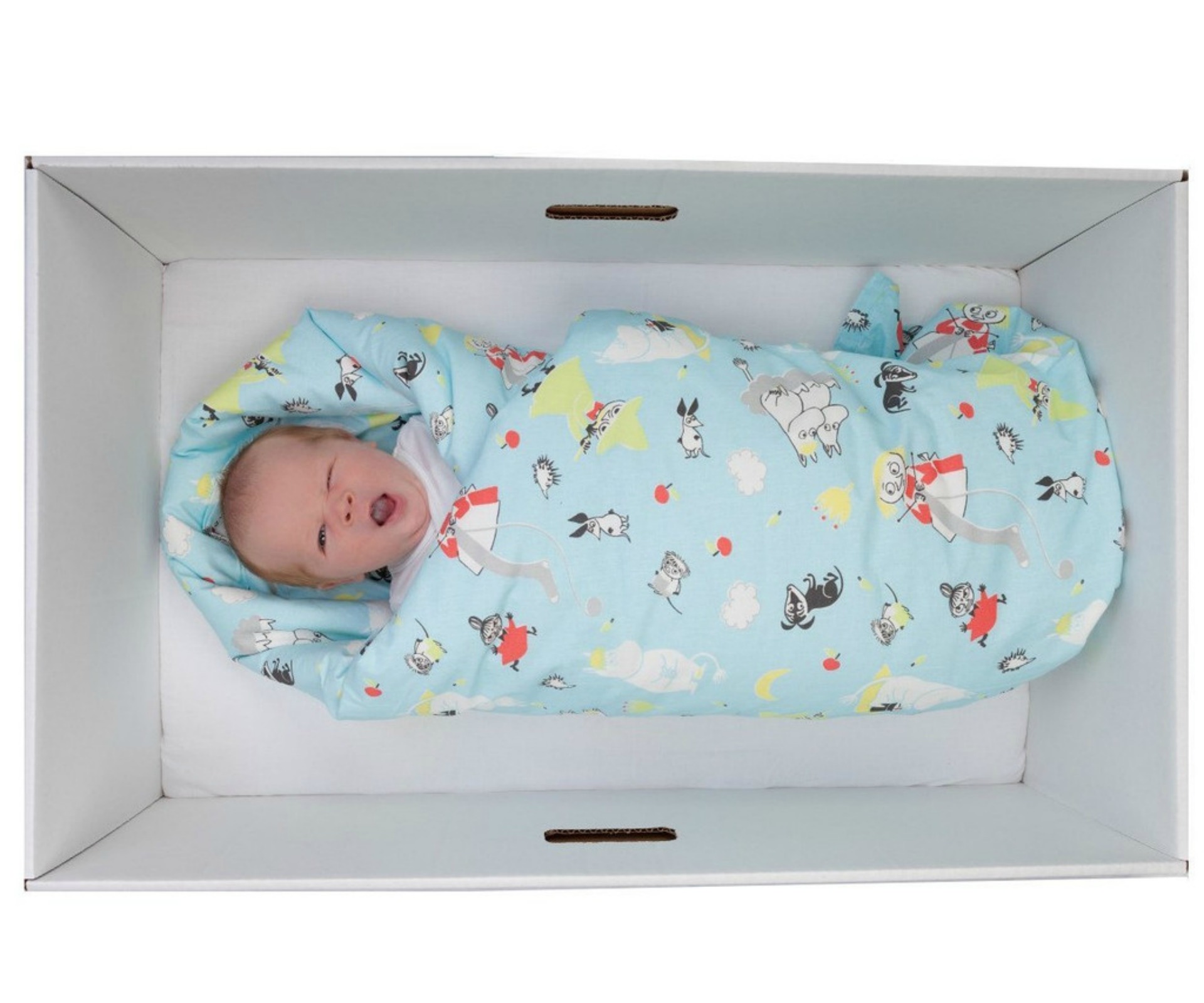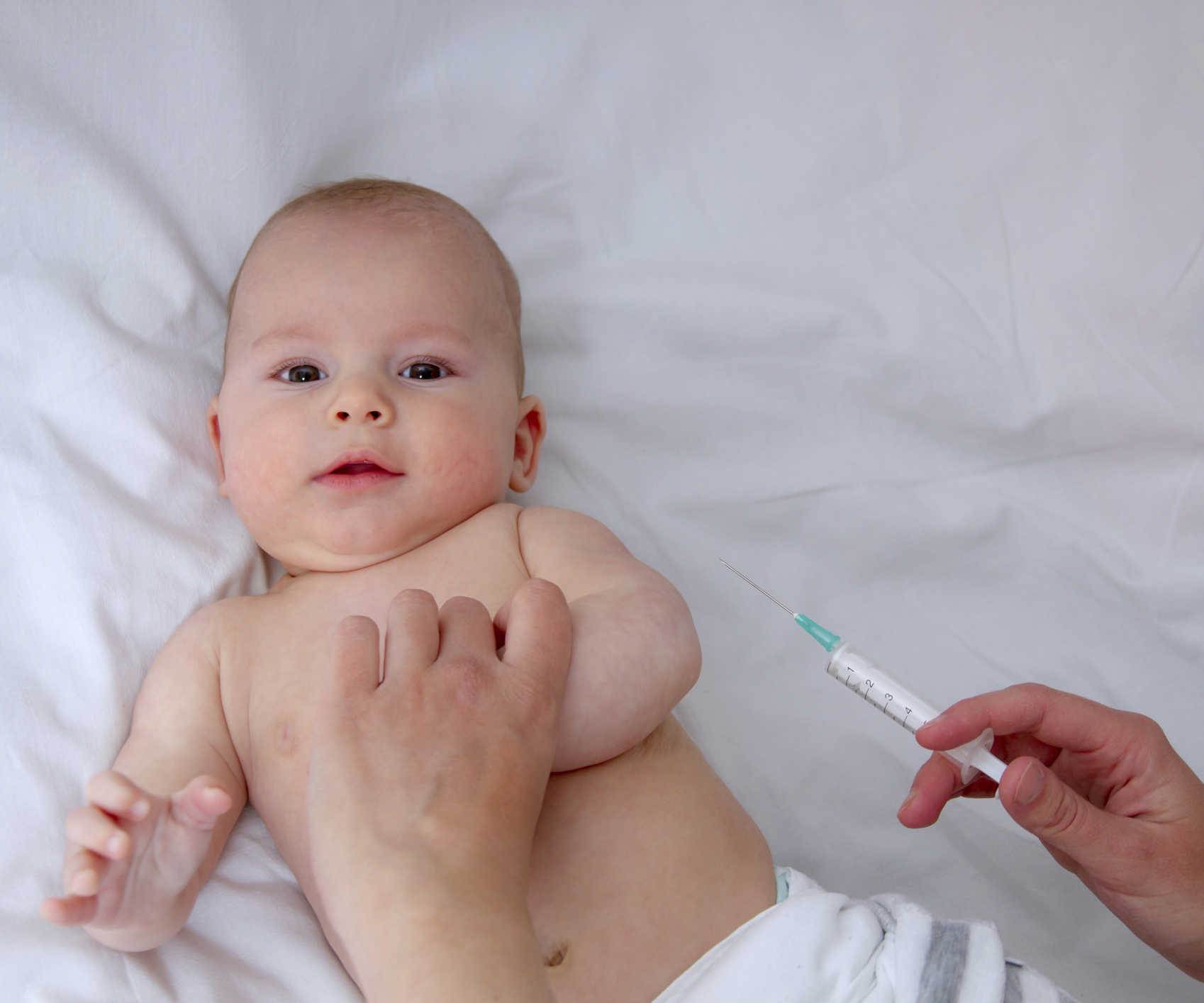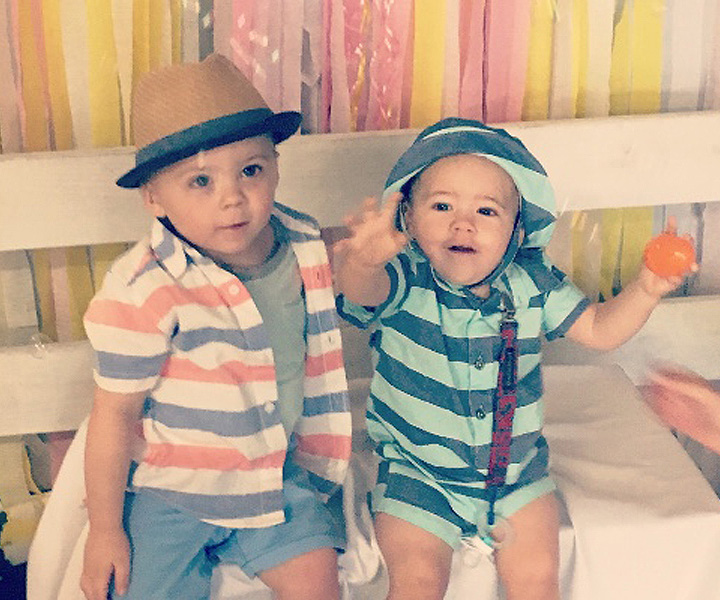For more than 75 years, Finland’s government has provided all expectant mothers — regardless of their economic status — with a maternity box.
The cardboard box includes all the must-have essentials, such as clothes, sheets, a toothbrush, a feeding bottle and toys and is gifted with good reason. The Finnish government claims the actual box, which doubles as baby’s first bed with a small mattress that is placed in the bottom, is the reason Finland has one of the world’s lowest infant mortality rates – reduced from 65 deaths per 1,000 live births in 1938 to 2 deaths per 1,000 in 2013.
While the box has been around for three quarters of a century now, thanks to the internet, news of how it is helping the survival rates of bubs is spreading. More publicity was garnered when the Finnish government gave a baby box to the Duke and Duchess of Cambridge, who were then expecting their first child.
Since then copy cat boxes have been cropping up all over the globe.
In South Asia, for example, the Barakat Bundle was created by a Harvard University doctoral student. Karima Ladhani developed the budget box to include a clean-birth kit that helps prevent infections during childbirth, a thermal kit, and a mosquito net to ward off malaria.
“We wanted to provide low-cost life-saving solutions to new mothers — specifically targeted to causes of preventable infant and maternal mortality,” Ladhani told the BBC.
Even in developed nantions like the US, where the infant mortality rate is 5.9 per 1,000 births, baby boxes are being trialled.
In Fort Worth, Texas, where the rates are spiking at 7.1 deaths per 1,000 births in 2013, about 36,000 boxes are expected to be handed out over the next two years to encourage parents to not sleep alongside their newborns.
“We realised the community wasn’t aware infant mortality was a big problem here,” Dyann Daley, of Cook Children’s Hospital System, told the BBC.
“Our goal is to provide a box for every live birth in the city and give babies a safe sleeping environment because that is critical to preventing suffocation deaths.”
Canada has also been running a pilot project since October 2015 in the province of Alberta.
Karen Benzies, a professor of nursing at the University of Calgary, said initially the trial was targeting vulnerable families, but they soon realised “the idea of vulnerability that most people have around low income doesn’t necessarily hold true in Alberta”.
As for Australia, where mortality rates for infants were 3 deaths per 1000 in 2014, suggestion of a baby box has been touted for those in Victoria.
Recommendations for safe sleeping conditions for babies according to Better Health Victoria:
Don’t put your baby on a water bed or bean bag.
Don’t use soft bedding like quilts, doonas, duvets or pillows.
Use a firm, well-fitting mattress.
Don’t use cot bumpers.
Keep soft toys out of the cot.
Position your baby’s feet at the bottom of the cot.
Tuck in the bedclothes securely or use a safe baby sleeping bag (which has fitted neck and armholes and no hood).


